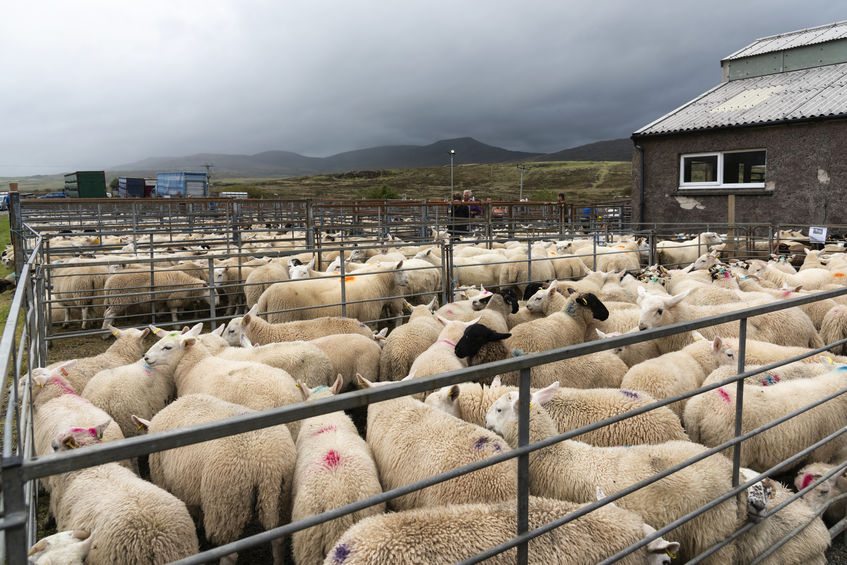
Farmers have been encouraged to develop a contingency plan to ensure the welfare of their stock is not compromised if family or staff become unwell with Covid-19.
Developing a contingency plan will provide a emergency plan which will highlight potential risks and a list of key contacts, Quality Meat Scotland (QMS) says.
It adds that having a plan in place will help farmers to prepare for the unexpected, and ensure that health and welfare standards are maintained.
Kathryn Kerr, head of brands integrity at QMS said: “With the winter months approaching, we encourage our members to update or develop their contingency plans to ensure their business has a clear checklist in the event of Covid-19 affecting the business.”
The assurance body introduced a remote assessment tool in April 2020 as part of their plan for assurance assessments during the pandemic.
As restrictions eased, physical assessments were re-introduced in early July and are now default for the assessment process.
A Covid-19 risk assessment is conducted prior to every assessment to determine if there are any vulnerabilities that could increase risk to the member or assessor if a physical assessment took place.
Ms Kerr added: “Strict protocol is followed during any physical assessment with assessors wearing appropriate PPE and adhering to physical distancing rules.
“The option for remote assessing is still very much available for those members that are unable to accommodate a physical assessment due to restrictions.”
Where a farmers is categorised as vulnerable and identified as requiring a physical assessment, the member can choose to have a representative present during the assessment to act on their behalf.
Where this is not possible, the assessors will refer the member to Lloyds Register for discussion with QMS.
Ms Kerr said: “Members of the assurance schemes have adapted very well during these uncertain times.
"Moving forward, we are hoping that the remote tools can continue to be used to reduce the amount of time required on site and allow the focus to be aimed at the physical elements of the assessments.”
